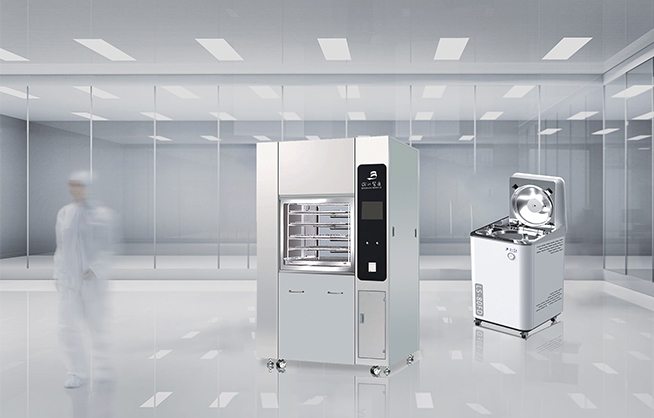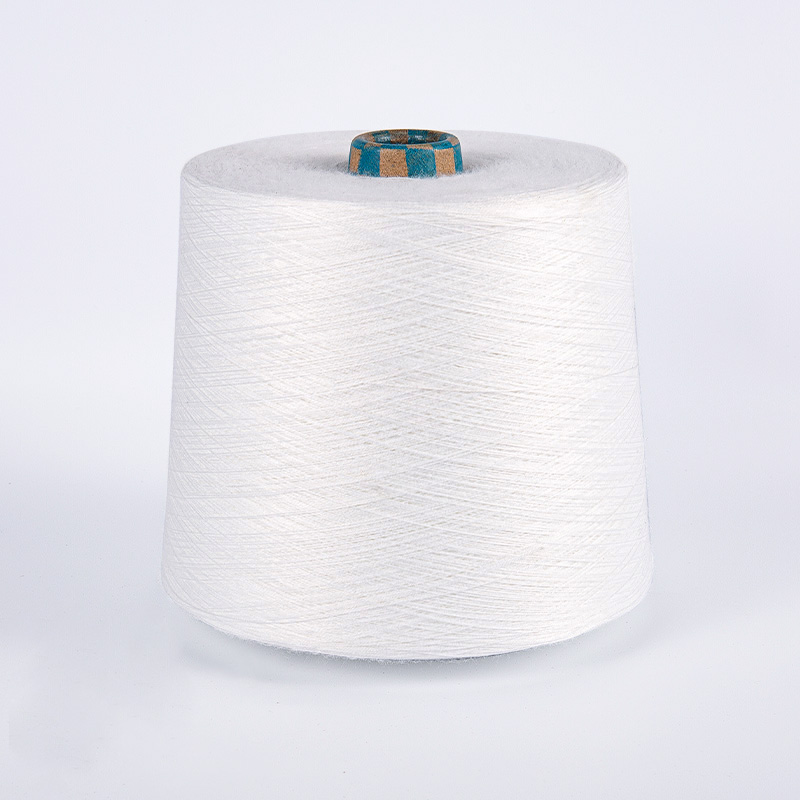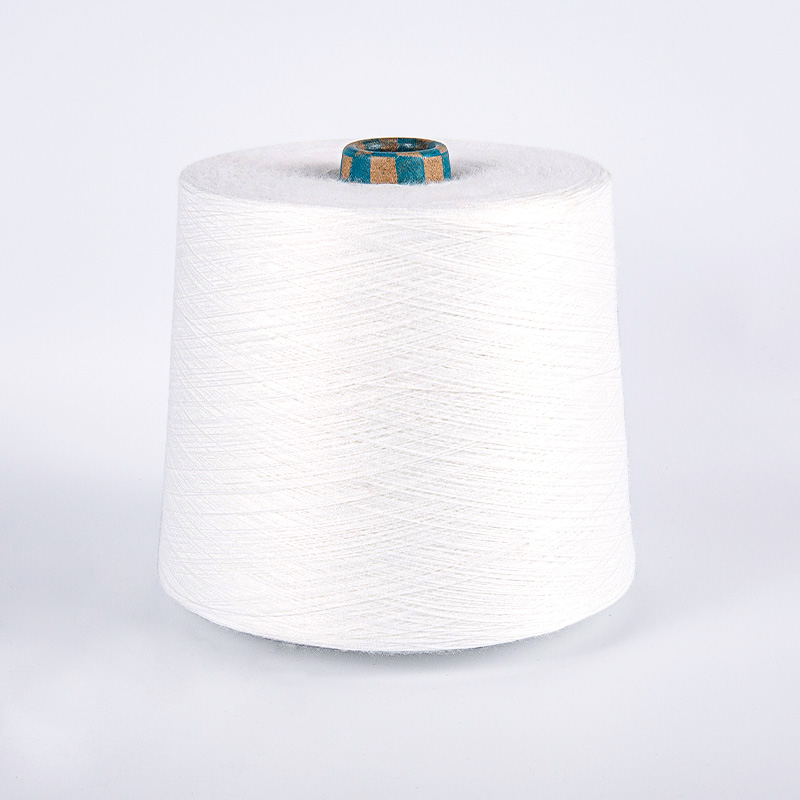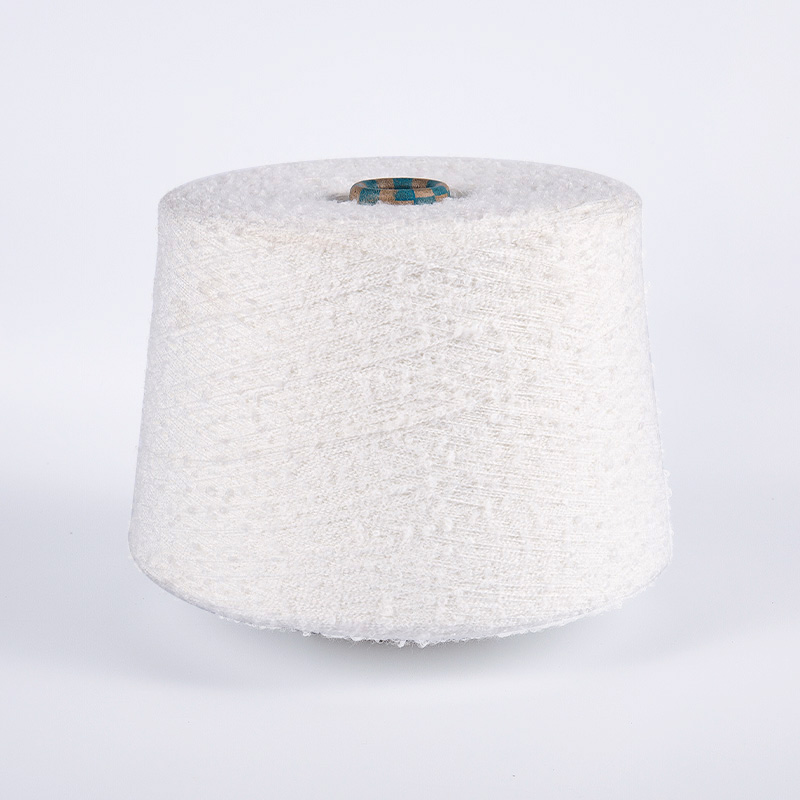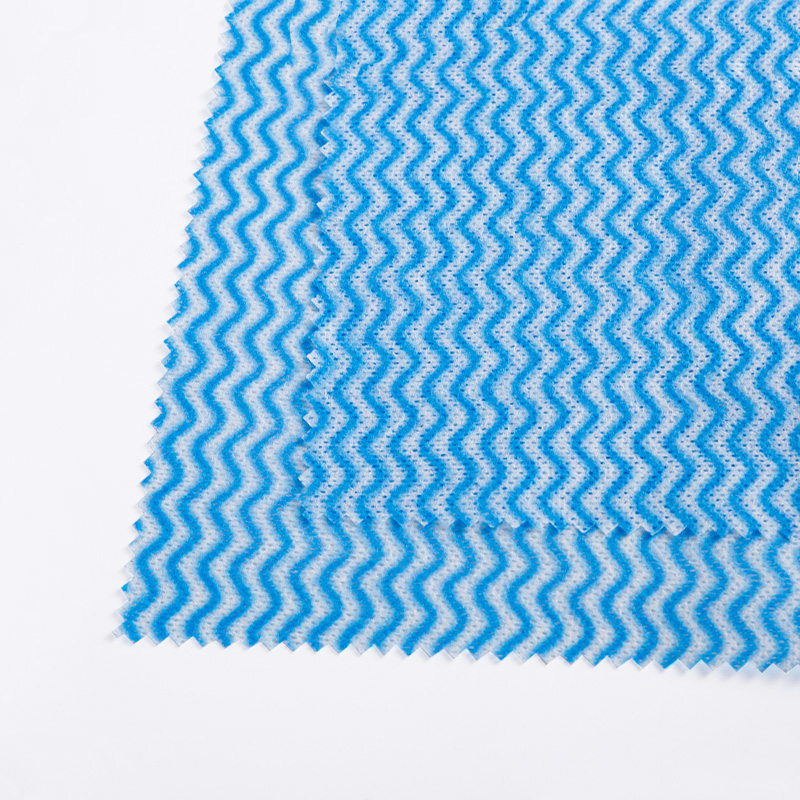
Wet wipes non-woven fabric: a complete analysis from raw materials to performance
Posted by Admin | 08 Jul
In daily life, wet wipes, as a convenient and hygienic cleaning product, have become the "standard" in the fields of household, medical, baby care, industrial cleaning, etc. The key material that supports the performance and quality of wet wipes, Wet Wipes Non-Woven Fabric, is the invisible "protagonist" behind it. So, what kind of material is wet wipes non-woven fabric? What are its types? How does it affect the water absorption, softness, strength and comfort of wet wipes?
What is Wet Wipes Non-Woven Fabric? How is it different from ordinary non-woven fabrics?
Non-woven fabrics refer to fabrics that do not require spinning and weaving processes, and are formed by bonding fibers together by physical, chemical or thermal bonding. Wet wipes non-woven fabrics are a type of non-woven fabric material specifically used to make wet wipes, which have special requirements in material selection, processing technology and post-processing.
Compared with ordinary non-woven fabrics, wet wipes non-woven fabrics need to have the following key characteristics:
Good water absorption and moisture retention: It can quickly absorb and retain liquids and is not easy to dry.
Excellent softness and skin-friendliness: suitable for direct contact with the skin, especially for infants or sensitive people.
High tensile strength and friction resistance: not easy to tear or shed during wiping.

Biodegradable or environmentally friendly (optional): to meet the needs of green environmental protection trends.
Main production process of Wet Wipes Non-Woven Fabric
Wet Wipes Non-Woven Fabric can be roughly divided into the following categories according to different manufacturing processes:
1. Spunlace Non-Woven Fabric
Spunlace non-woven fabric is currently the most widely used in the field of wet wipes. Its process is to spray high-pressure water in the mesh fiber structure to make the fibers interweave to form a cloth surface. This process gives the fabric excellent softness and strength, and does not require the addition of chemical binders, and has good environmental protection.
Advantages:
Soft touch, good skin-friendliness
High strength, not easy to shed
Biodegradable (depending on the raw materials)
2. Air-Through Non-Woven Fabric
Air-Through Non-Woven Fabric uses hot air to bond fibers into a net, which has a good sense of thickness and fluffiness. It is suitable for products with high requirements for touch, such as baby wipes and cosmetic wipes.
Advantages:
Fluffy and thick feel
Good water absorption
Strong covering power
3. Meltblown Non-Woven Fabric
Although meltblown fabric is mainly used for protective products such as mask filter materials, it is also added to some special industrial wipes to enhance filtration and adsorption performance.

Analysis of common raw materials for wet wipes non-woven fabrics
The material of the fiber used in wet wipes non-woven fabrics has a great impact on the performance of the final product. The following is an introduction to several main materials:
1. Polyester (PET) and viscose (Viscose) blending
This is the most common ratio, such as 30% polyester + 70% viscose or 50/50 blend. Polyester provides strength, while viscose provides water absorption and softness.
2. Natural fibers: cotton, bamboo fiber, wood pulp fiber
This type of fiber is more environmentally friendly, has excellent skin affinity and water absorption, and is particularly suitable for baby wipes or high-end beauty care wipes.
3. Polylactic acid (PLA) and other biodegradable materials
With the improvement of environmental awareness, bio-based non-woven fabrics such as PLA are gradually being promoted, which can be degraded under certain environmental conditions and reduce environmental pollution.
Performance indicators of wet wipes non-woven fabrics
Several key technical indicators for evaluating the quality of wet wipes non-woven fabrics include:
Gram weight (GSM): The weight of the fabric per square meter, usually between 30-80gsm. The larger the value, the thicker the fabric.
Water absorption rate: reflects the ability of the fabric to absorb liquid. The higher the water absorption rate, the better.
Tensile strength: characterizes the tear resistance of the fabric, especially the strength in the wet state.
Breathability and skin-friendliness: Involves the user's comfort.
Flocking rate: The less flocking means the material is stronger and cleaner.
Wide application scenarios: from baby care to industrial cleaning
The application of wet wipes non-woven fabric has penetrated into various fields.
Baby wet wipes: With skin-friendliness, softness and safety as the primary indicators, spunlace + natural fiber combination is often used.
Medical wet wipes: require high disinfection and non-irritation, and the material is mostly sterilization-grade spunlace fabric.
Beauty wipes: focus on touch and moisturizing properties, with a high proportion of cotton or bamboo fiber materials.
Industrial cleaning wipes: focus on strength and oil absorption performance, and some use melt-blown composite structures.
Although wet wipes seem simple, the non-woven fabric materials behind them involve complex technical proportions and fine processes. An excellent wet wipes product is not only the result of material selection, but also a coordinated embodiment of production processes, usage scenarios, and performance indicators.
In the future, with the simultaneous improvement of environmental protection and high-performance requirements, the Wet Wipes Non-Woven Fabric industry will show a more diversified and high-end development trend, becoming an important branch that cannot be ignored in the application of non-woven fabric technology.
+86-18058809000
+86-571 86218111



 English
English 中文简体
中文简体
